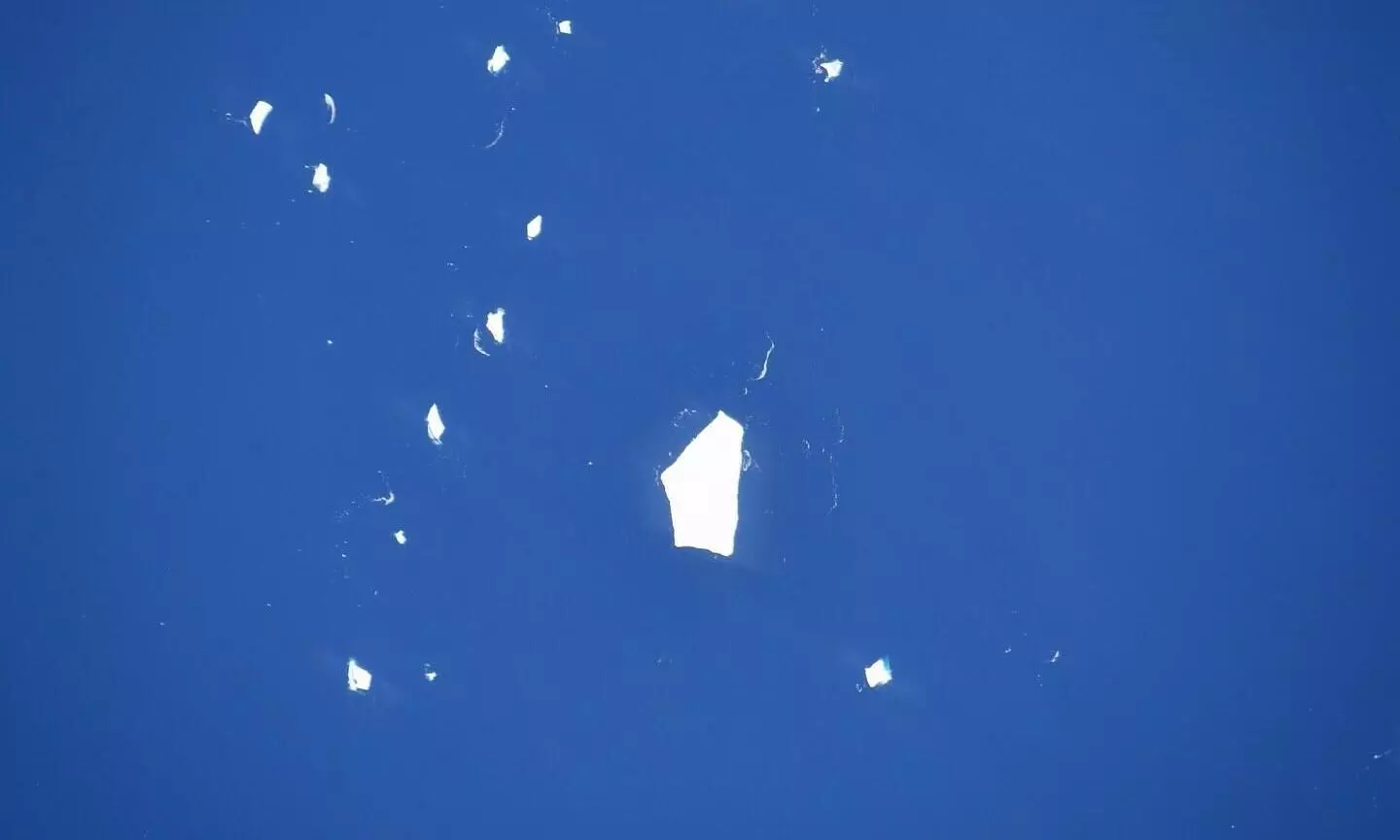
Astronaut's space snapshots reveal massive icebergs drifting in South Atlantic
text_fieldsAndreas Mogensen, an astronaut aboard the International Space Station (ISS) and commander of Expedition 70, unveiled stunning images of colossal icebergs floating across the South Atlantic, sharing them via Instagram.
"The tip of the iceberg. I have to admit that if you had asked me before this mission, if you could see icebergs with your naked eye from space, I would have said, 'No way'. Turns out that you can!" wrote Mogensen alongside the captivating photos, showcasing the icebergs as small white specks against the vivid blue ocean waters.
Expressing surprise at the visibility of the icebergs, Mogensen remarked, "We have been seeing lots of icebergs lately in the South Atlantic. Perhaps it's their distinct geometry or perhaps the contrast in color, but they are very visible from space."
The astronaut raised concerns about climate change, reflecting on the rapid melting of glaciers and its impact on rising sea levels. He pointed out the potential disappearance of regions like the Maldives due to ocean submersion within the next 70 years.
The images depict three notably large icebergs along with numerous fragments likely liberated as the icebergs traverse the ocean. They offer a glimpse of the submerged sections of the icebergs and the ocean's waves breaking around these colossal masses.
Since Mogensen's post, it has garnered over 3,400 likes and numerous comments from intrigued users, reflecting on the unforeseen spectacle of spotting icebergs from space and raising concerns about global warming and its severity.
Amidst this revelation, reports emerged about the movement of the world's largest iceberg, A23a, beyond Antarctic waters, marking its first drift in more than three decades, as per Space.com.

















